College of Engineering News Room
USF Engineering Students Spend Summer at Intel, Twitter, Cummins
by Russell Nay
Three engineering students from different majors discuss how their summer internships with industry leaders have improved their experience in their fields.
Ilia A. Bautista Adames
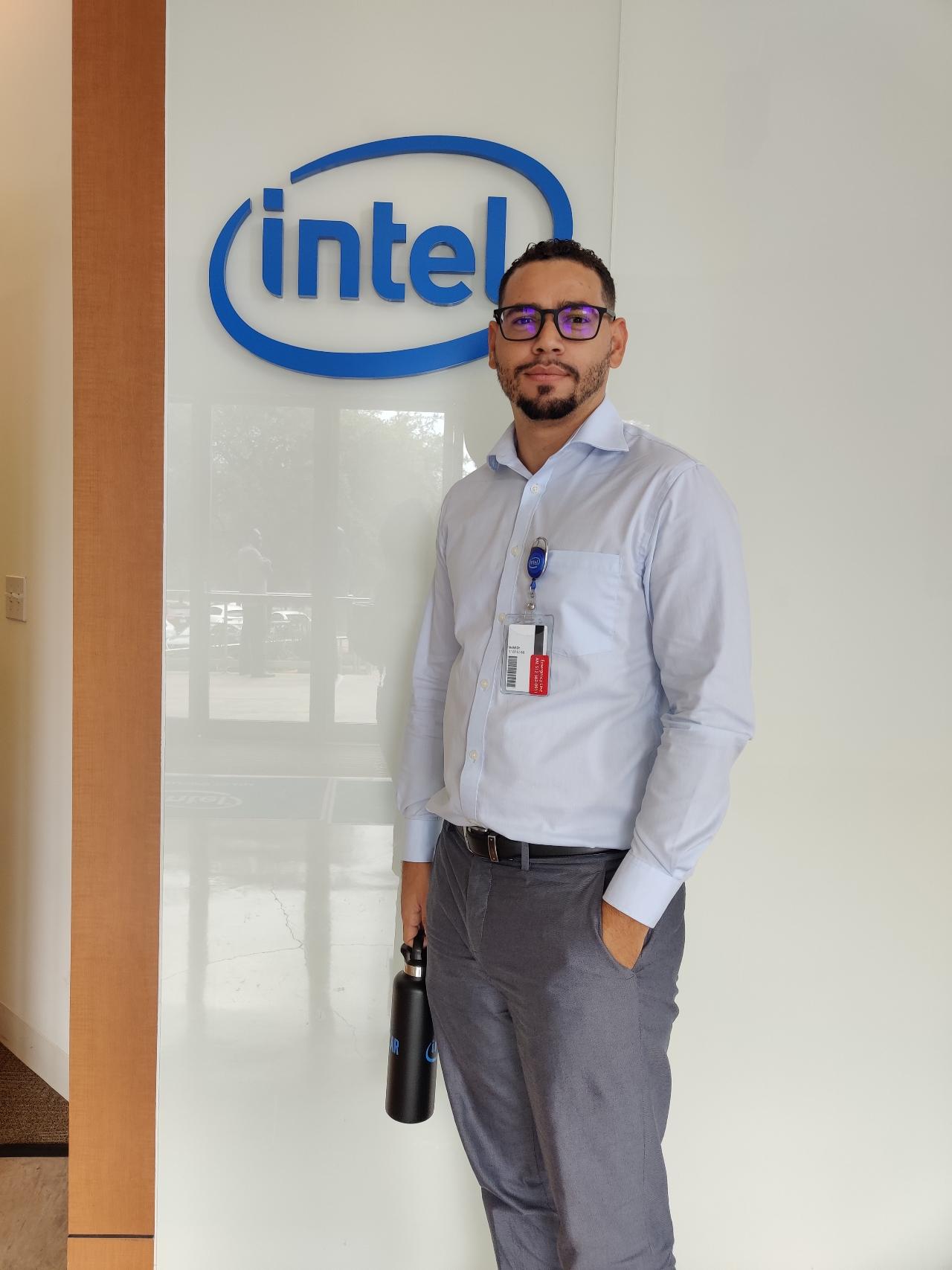
Electrical engineering major Ilia A. Bautista Adames said he feels lucky for the opportunity to apply the work he’s done during his internship at Intel to his Ph.D. research at USF when he returns to campus this fall.
“I have been testing a system called Hierarchal Temporal Memory, and that has been my assigned project since the beginning of my Ph.D.,” Bautista said. “As soon as I come back, I should be able to wrap up the coding I have been working on.”
Bautista was offered his internship with Intel after applying to the Hispanic Engineer National Achievement Awards Conference — a conference that recognizes top engineers around the U.S. within the Hispanic community that are making a significant impact with their work.
Bautista’s participation in the conference led to several interviews with Intel managers, a scholarship with Intel and his recent internship. His Ph.D. research also placed him as Intel’s Silicon Engineering Group Intern Scholar. This made him part of an ongoing project involving real Intel clients and access to company security clearances and proprietary information.
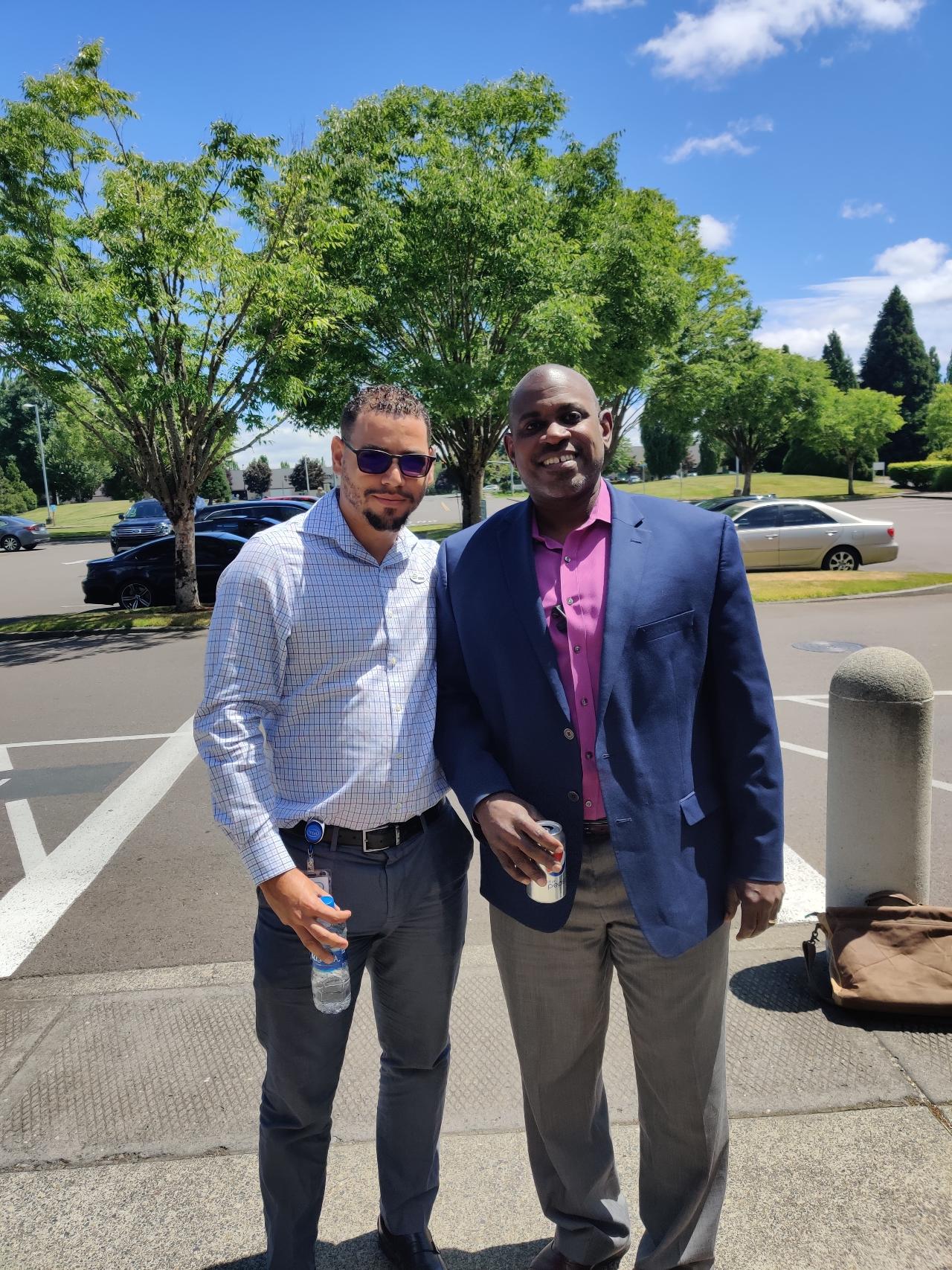
“To me it was very surprising that all of these things are confidential, and I’m (getting access as) a new member,” Bautista said. “But they wanted to ensure that I got the actual experience of working for Intel and not just on a project that may not even be a part of anything.”
He works with two Intel employees who teach him testing and validation techniques for electronic systems used at the company and who guide him through analyzing near-daily project tests. He said the internship also gives him the time to sharpen his object-oriented programming and familiarity with key testing and verification software.
Bautista said his team’s structure allows him to check in with any necessary project member whenever he feels stuck or needs a second opinion.
“When you’re here, you get the sense that if you need to solve something, you just have to ask,” he said. “(The team) doesn’t want you to be concentrated just on your own cubicle, working on the project and not talking to anybody — that’s not ideal.”
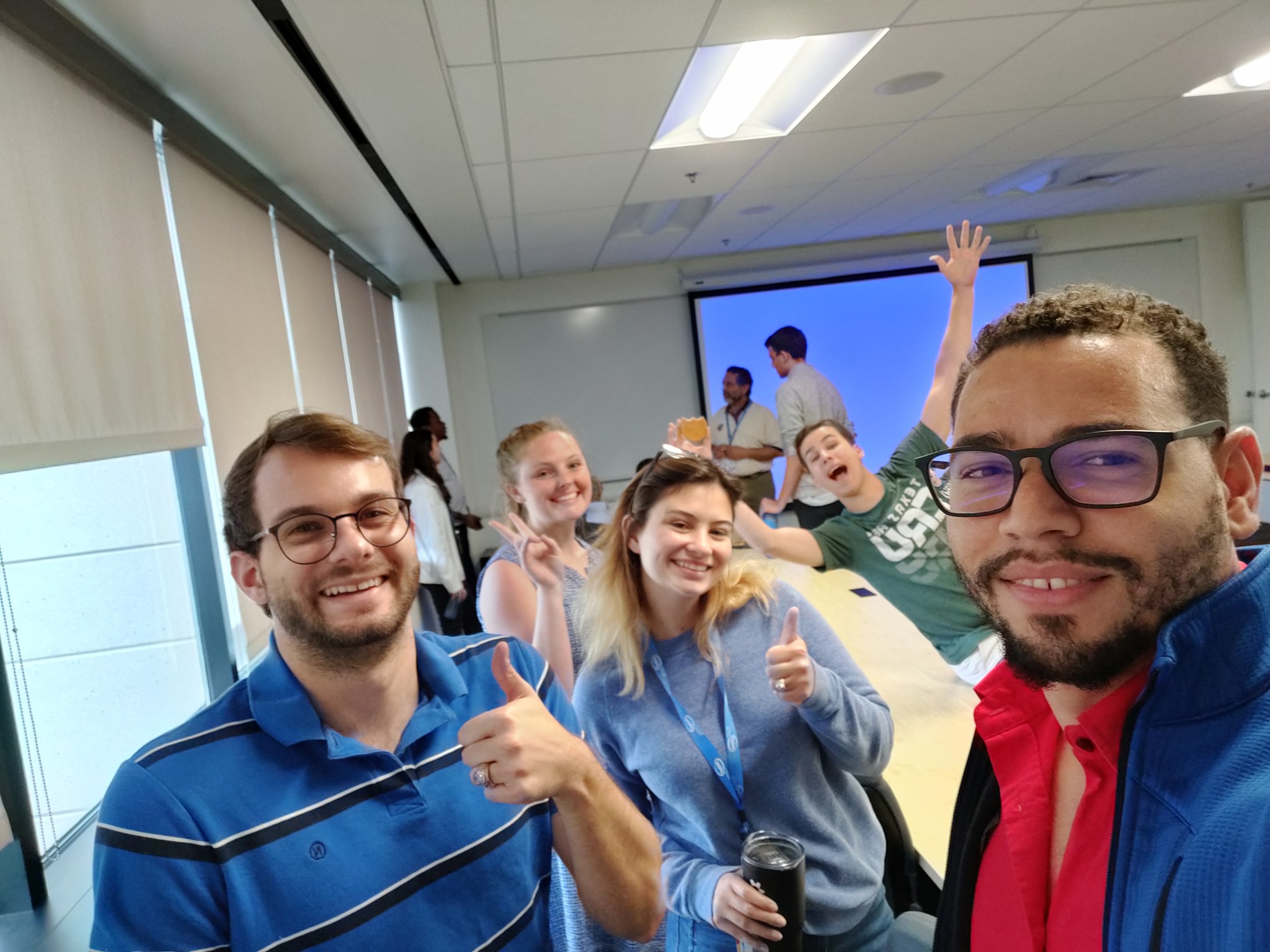
For other electrical engineering students looking for similar internships with Intel and other industry leaders, Bautista said two important places to start are networking and familiarity with the role. He recommended networking with engineers at the company — who may know of lesser-known scholarships — and making practice projects that help build necessary skills.
“You can upload the project to a source-code repository, and people can be able to judge it and say, ‘This is a person who implemented this project properly, and I would like to have that person on my team.’"
Blanche Pinto
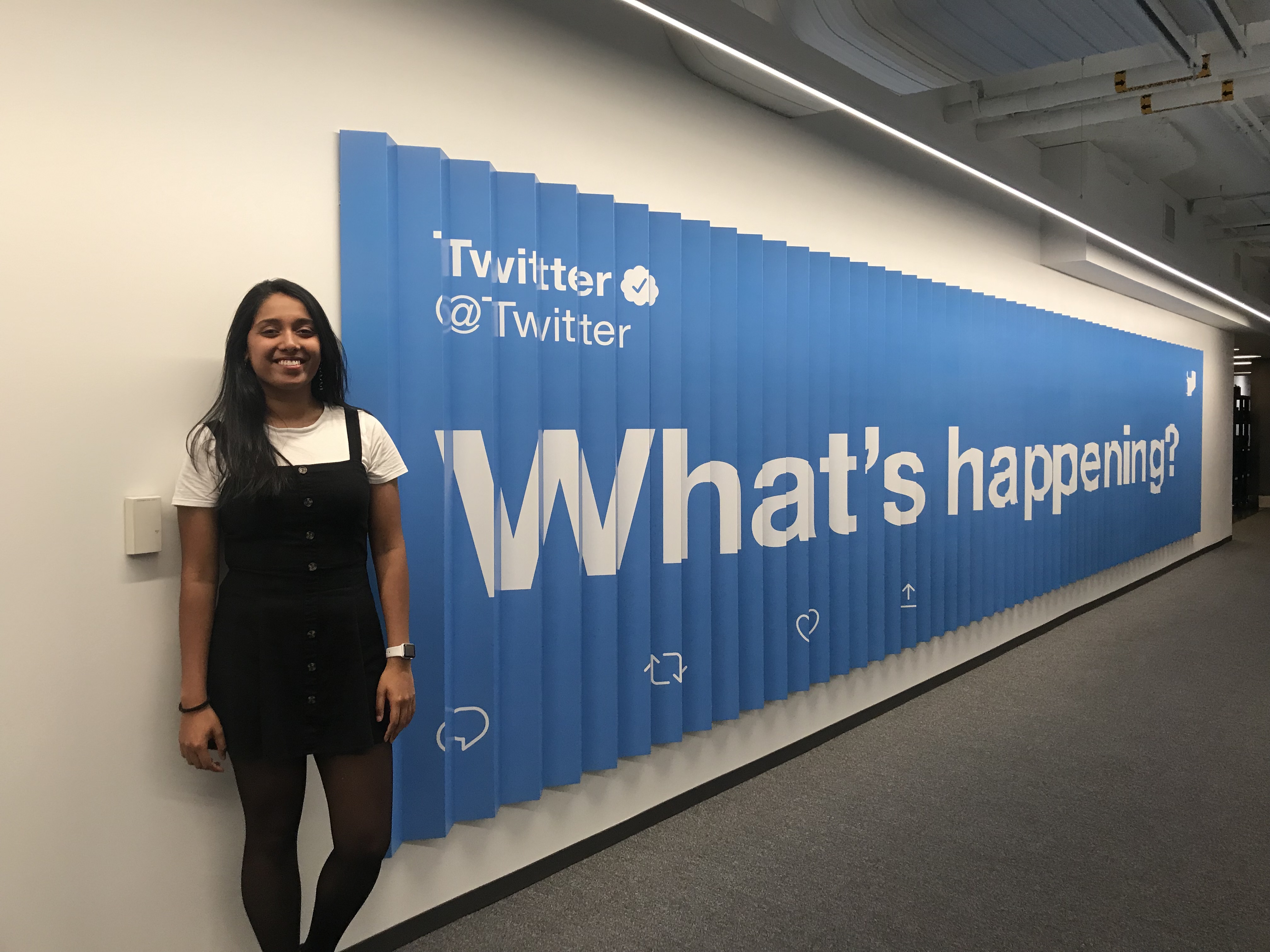
A hallmark of a fulfilling internship is getting to work on a project that matters. For first-year computer science and engineering Ph.D. student Blanche Pinto, that project was helping one of the biggest social media platforms in the world adopt a brand-new foundation for its website.
“This framework was built by my mentor and another full-time engineer at Twitter, and I’m technically the first person to be implementing it on Twitter,” Pinto said. “What I’m doing feels really impactful.”
As a quality engineering software engineering intern, Pinto spent most of her 12-week internship at Twitter creating and converting dozens of “smoke tests.” These tests verify that common, basic features of the popular platform won’t cease to function when a new version is released. These could include users being able to message each other or the ability for a user’s tweets to be seen by others.
This was Pinto’s second internship with Twitter, and she had also worked with the company’s quality engineering team in her junior year. She was first introduced to Twitter recruiters through the Society of Hispanic Professional Engineers’ (SHPE) annual conference series and was later invited to join #DevelopHER — Twitter’s one-day professional development program for women studying computer science.
Pinto said her internship has also been filled with intern socials, including a trip to Alcatraz and a cable car tour around San Francisco, Python and Scala coding courses taught by other Twitter engineers and the chance to talk to Twitter executives like CEO Jack Dorsey and head of engineering Michael Montano.
Pinto said she felt the company atmosphere overall was notably friendly and open. She was almost always able to set up meetings with engineers from other teams to help her work out problems, and she felt she got a lot of support from her mentor and manager.
“If I’m ever stuck on anything, it’s always like, ‘Just let us know and we’ll help you out,’” Pinto said. “It feels really good to have good people here who want the best for you and want to see you succeed.”
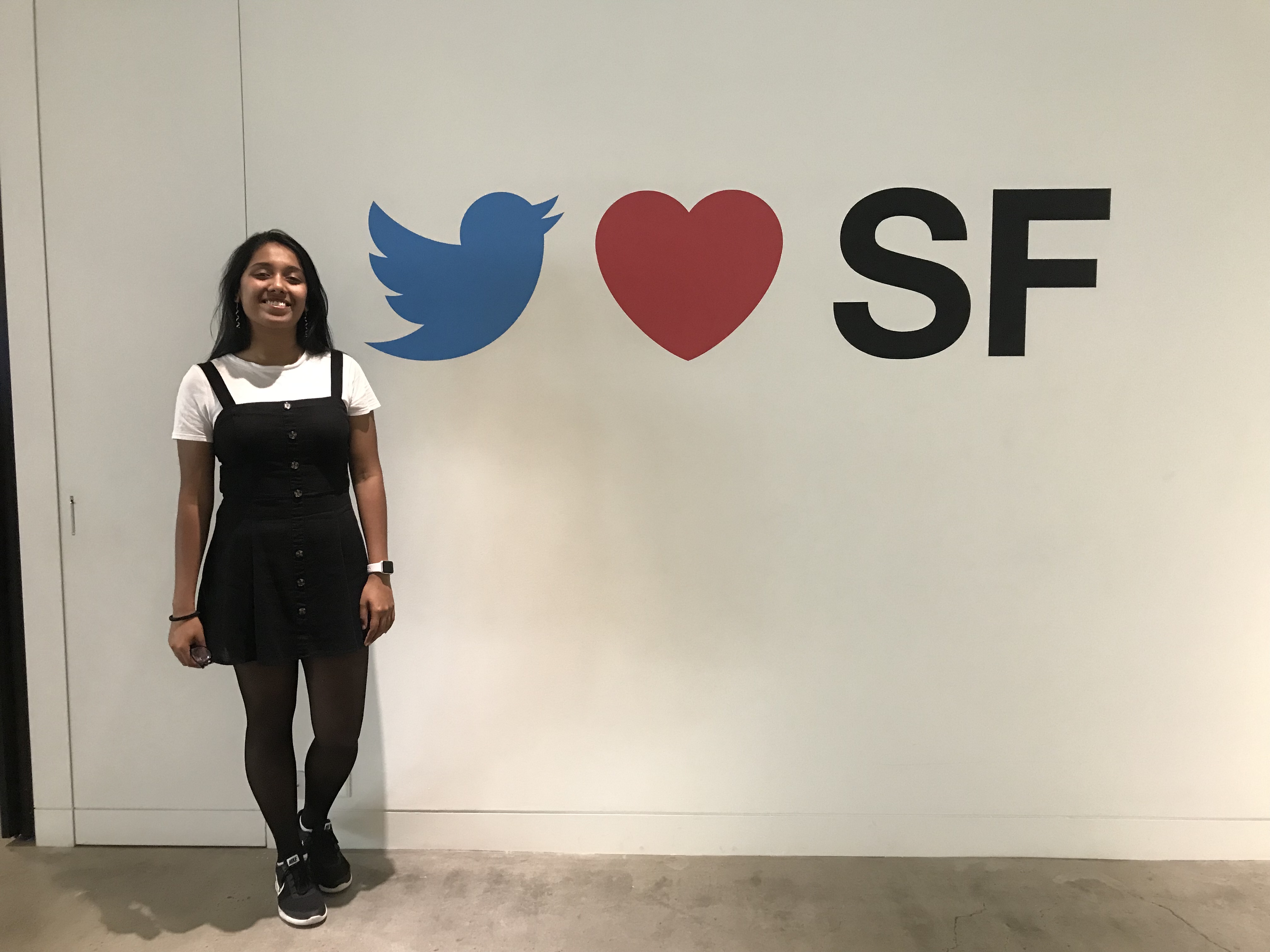
Pinto’s time at Twitter and around their San Francisco headquarters helped her decide to continue working in tech and motivated her to explore a product management role. She recommends that computer science students pursuing internships with other industry leaders invest in a professional development conference like the Grace Hopper Celebration or those offered by SHPE or the National Society for Black Engineers, where company recruiters will often interview potential interns.
“Once you decide to go, plan ahead,” she said. “A lot of these organizations on campus host workshops and conference preparation events. …Practice technical interviews and coding questions before and … you need to have some sort of selling point that makes you stand out compared to other students.”
Daniela Peña Castro
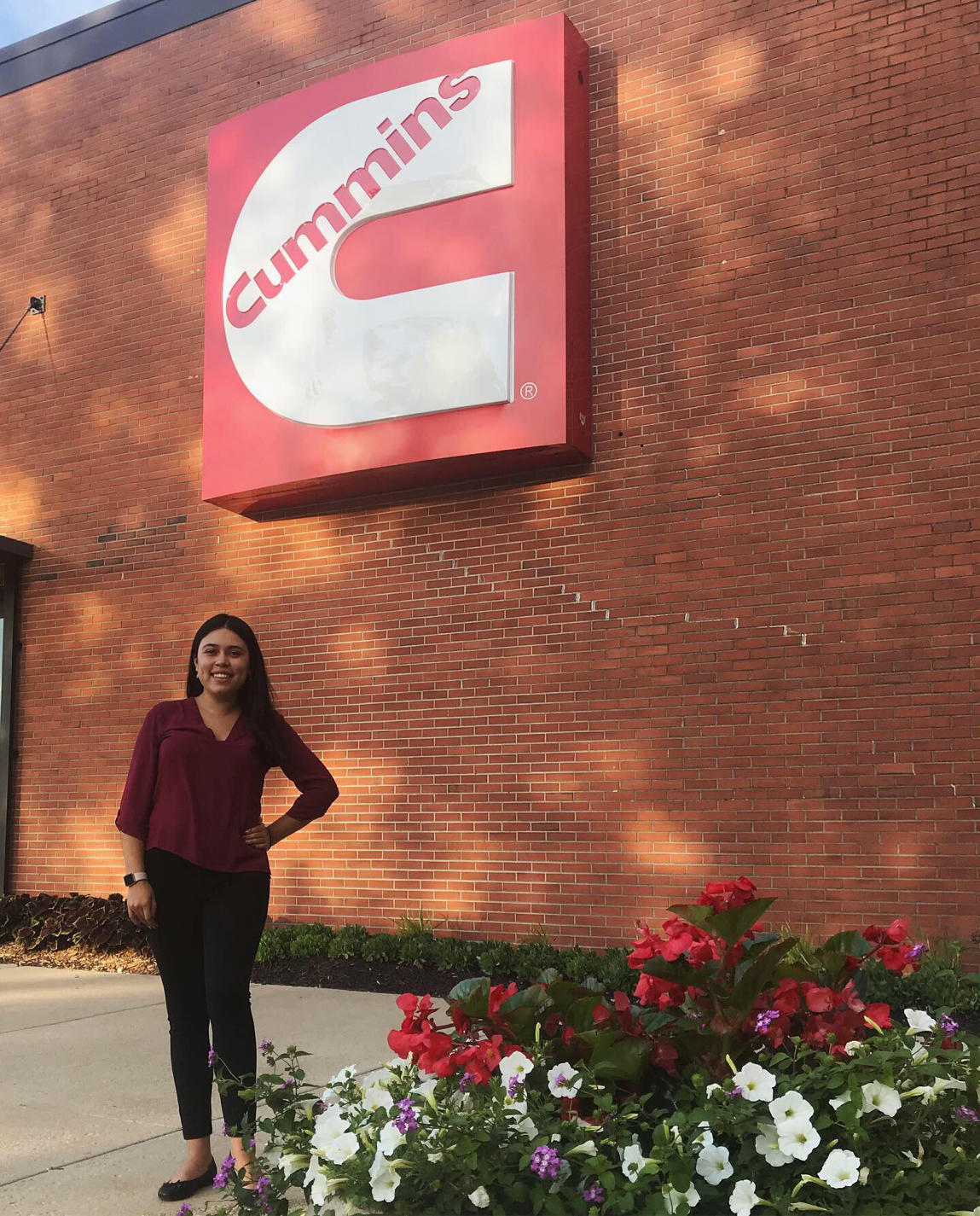
USF chemical engineering undergrad Daniela Peña Castro said her co-op with Fortune 500 company Cummins has been her first hands-on chemical engineering experience and has shown her what it’s like to work in industry as a chemical engineer.
“It’s been an amazing opportunity,” Peña Castro said. “I’m lucky too because I’m in a small research facility that’s part of a really big company, so I get to experience both.”
Peña Castro’s sixth-month co-op with Cummins — ending in December — has also been an opportunity for her to see how the concepts she’s learning in her chemical engineering classes are used by an industry leader in the field.
“Seeing their lab and seeing the things that I’ve learned in my classes actually happening in front of me has been really cool,” she said. “Kinetics and Reaction Engineering is a class I haven’t taken but that I’m having to learn through my job, so that’s going to help me when I take the class because I’ll have already been introduced to the topic.”
As a member of Cummins’ chemistry and kinetics team at the company’s Stoughton, Wisconsin location, Peña Castro reviews catalysts samples from customers who need to troubleshoot their engines for emissions problems. This has given her valuable experience loading and operating a pilot reactor alongside her reading about kinetics engineering and chemical reactions in her free time.
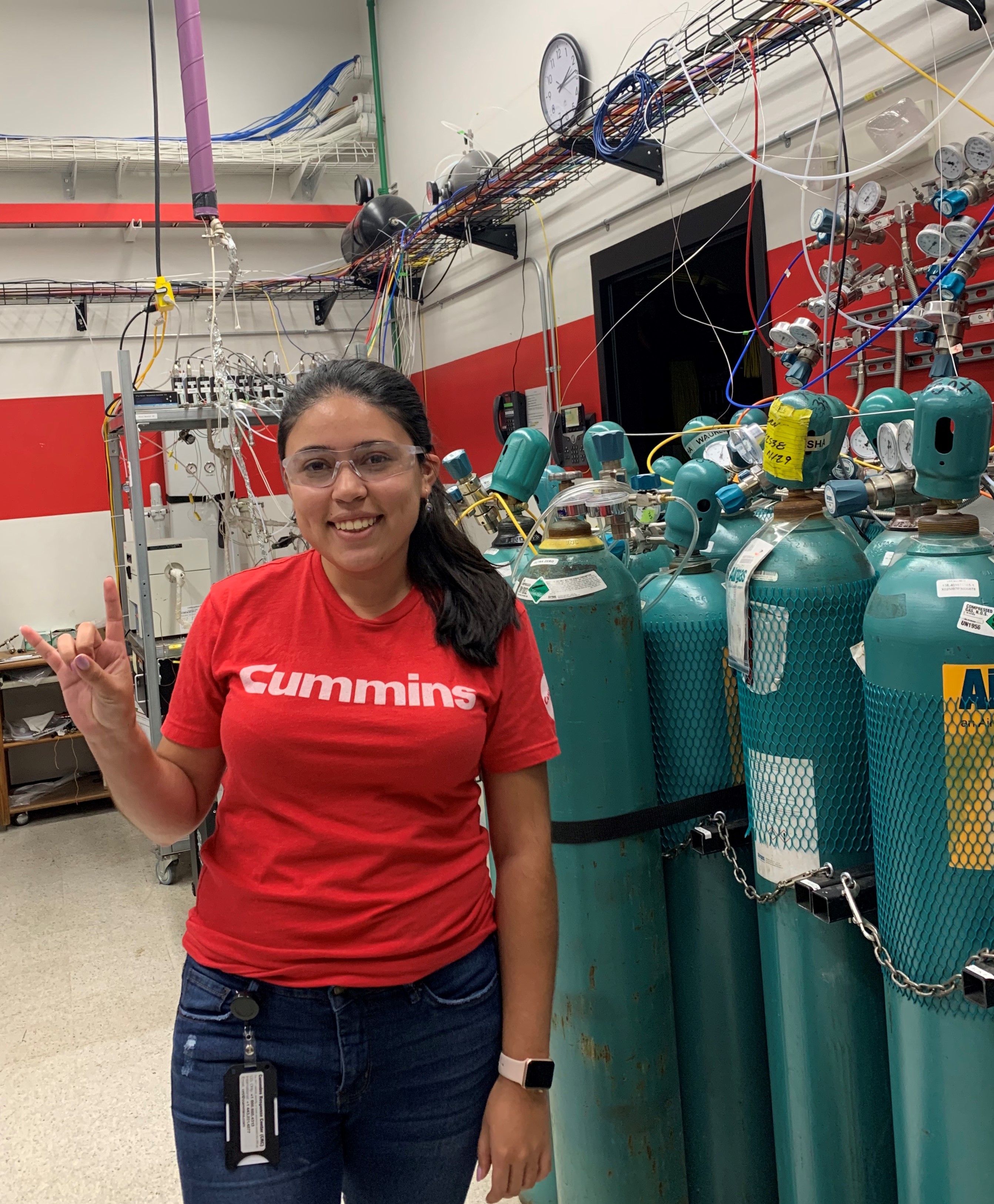
“A lot of this for me has been reading and learning so I can ask the right questions and not only know how to operate a pilot reactor but also know what’s happening in the reactor and why we’re doing what we’re doing,” she said. “All of the engineers on my team are experts in their field and really good at what they do.”
The team Peña Castro works with consists of four postdoctoral employees, and she said that each of them — including engineers from other teams in the company — have taken the time to help with her The team Peña Castro works with consists of four postdoctoral employees, and she said that each of them — including engineers from other teams in the company — have taken the time to help with her training and answer her questions about their roles and about the industry. She recently met one of Cummins’ global leaders for customer engineering and plans to explore the field through related company projects.
Peña Castro first met Cummins recruiters through the company’s booth at a Society of Hispanic Professional Engineers conference, through which she received interviews for the internship. She said being a part of Bulls LEAD — a College of Engineering dean’s office program — played a role in preparing her for the conference through leadership training, workshops and resume reviews.
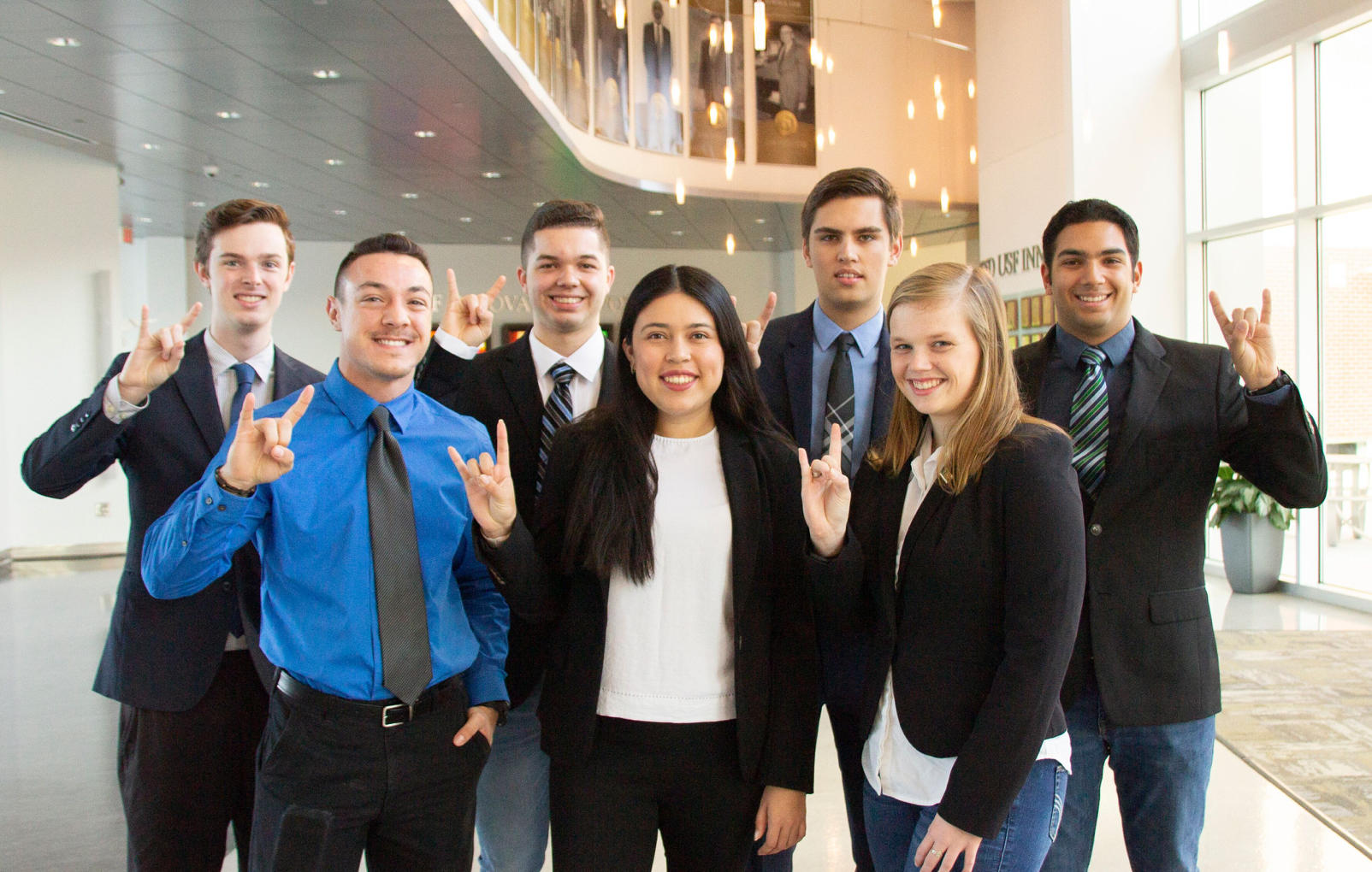
She recommends other chemical engineering students preparing to secure a co-op or internship position with a prominent organization start by getting involved with relevant professional organizations at USF — like SHPE — and take on their own research projects to become more attractive to employers.
“You have to do more than just get good grades,” she said. “I got this internship through the SHPE conference, and it was because of a lot of soft skills and involvement and experiences I could talk about. Putting yourself out there opens doors.”